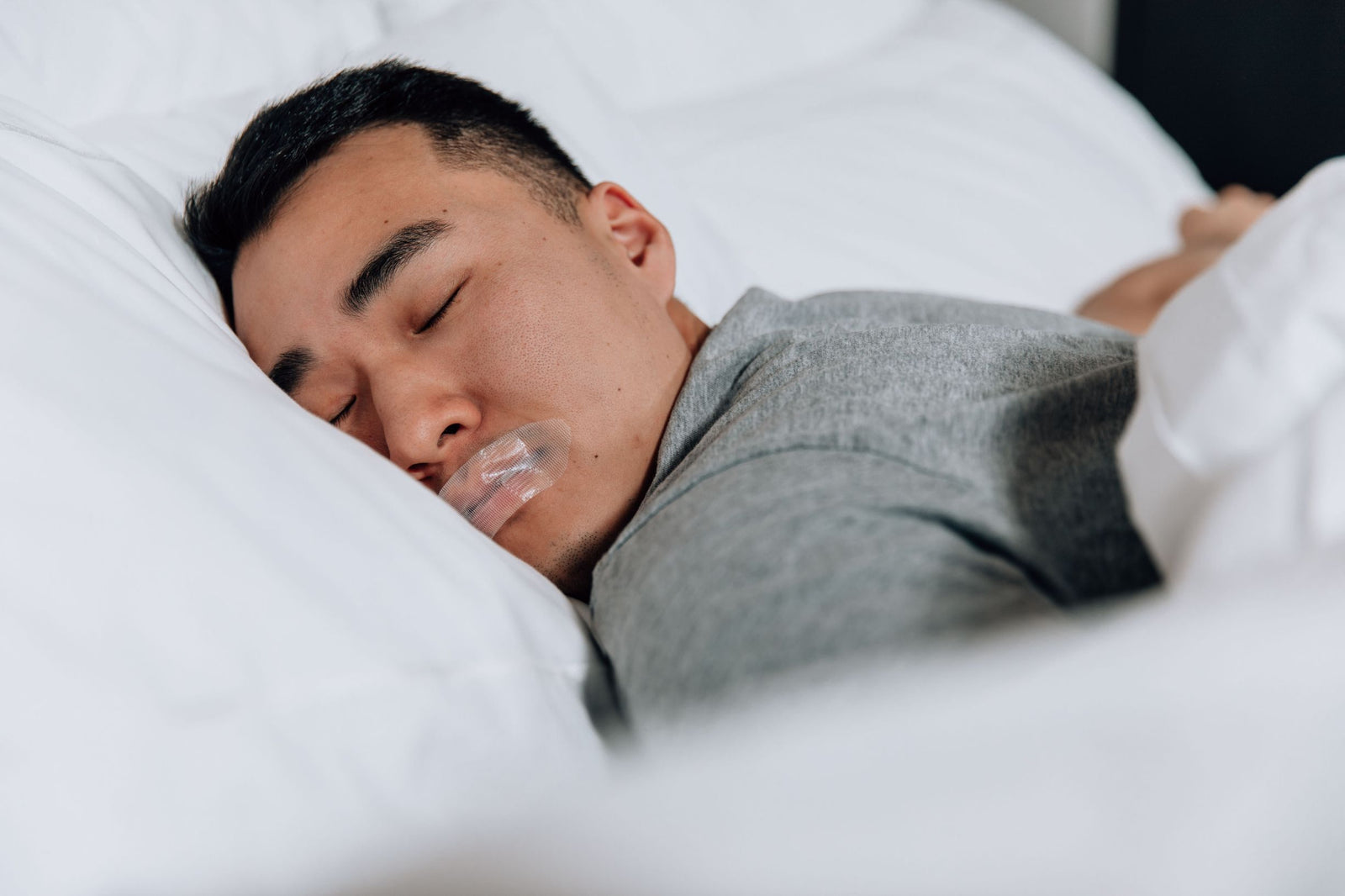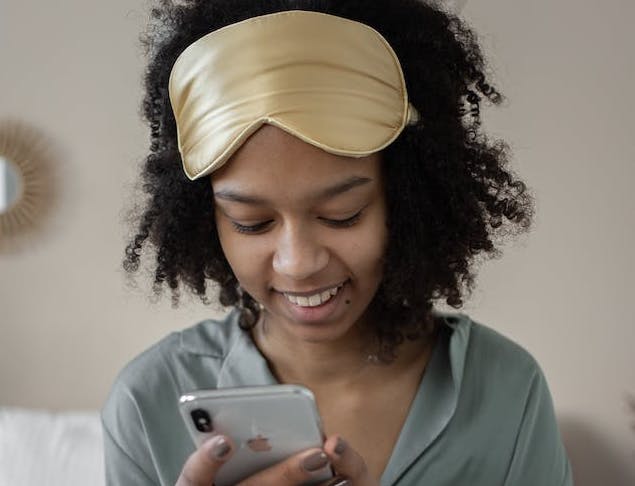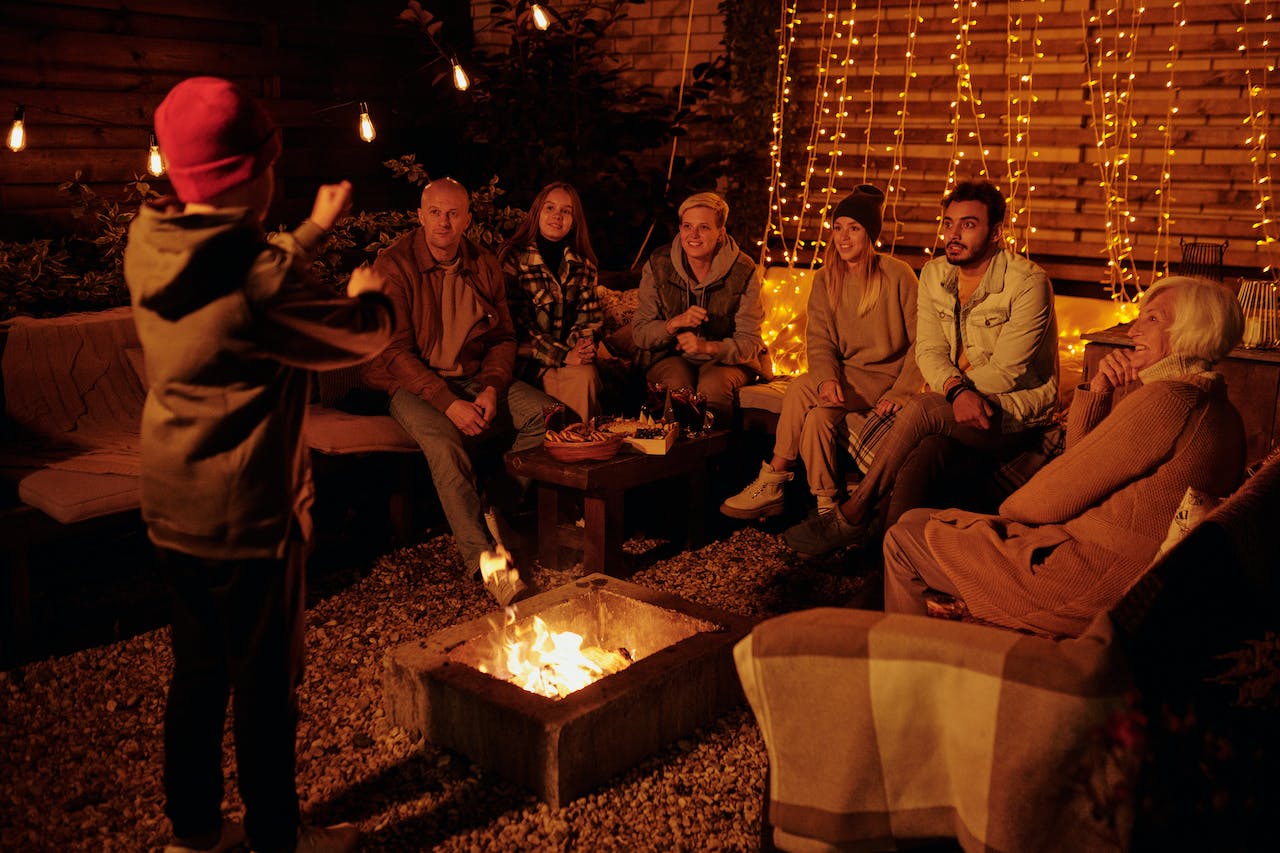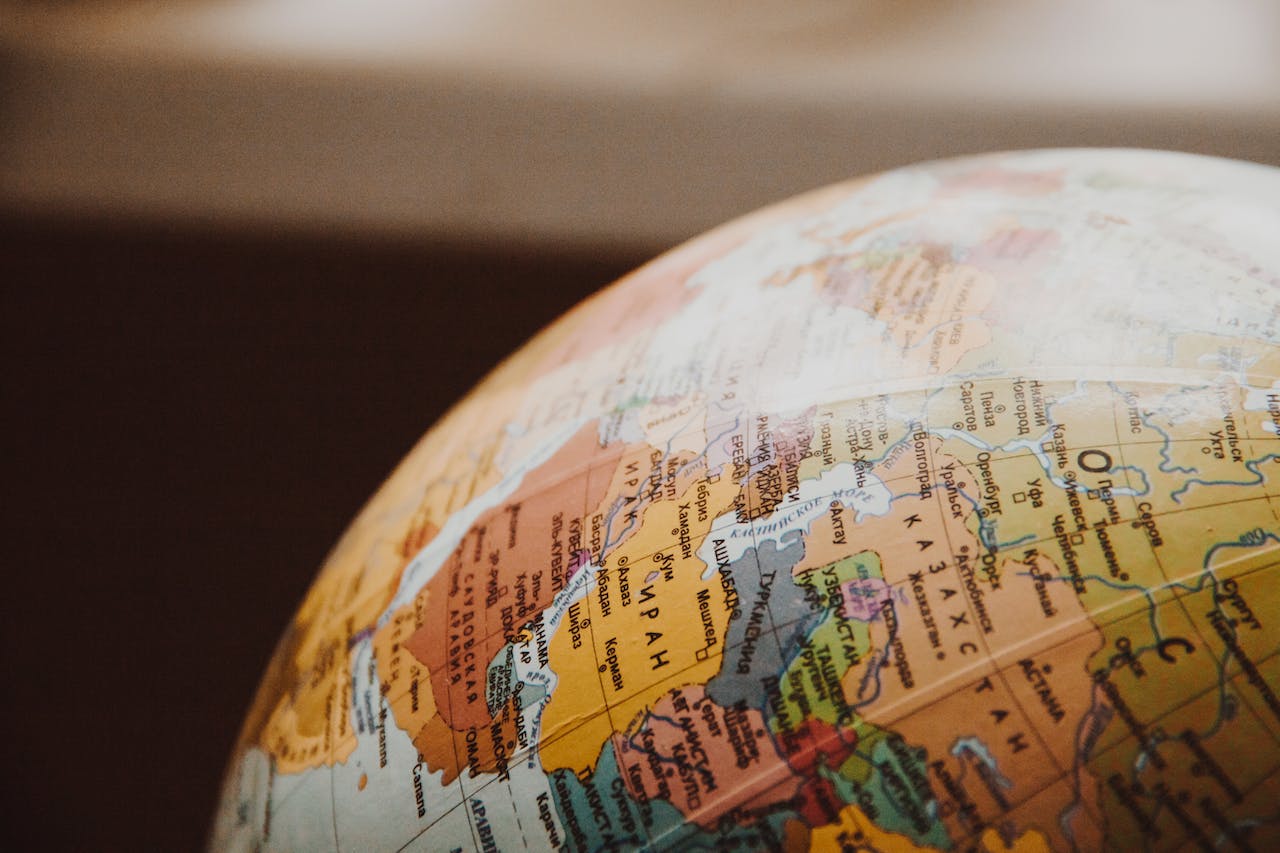Ever wonder if you’re not getting enough oxygen while you’re asleep? While you’re awake, normal oxygen levels range between 95 to 100 percent. But oxygen levels naturally drop while you’re sleeping. It’s normal to have an oxygen saturation level of 90 percent during sleep. But if it falls below 88 percent while you’re asleep, you’re in trouble.
Symptoms of Low Oxygen at Night
How do you know if you’re getting the proper amount of oxygen after you’ve hit the hay for the evening? There are several symptoms that you will likely experience if your oxygen levels are too low at night. These include: rapid breathing, restlessness, a fast heart rate, headaches upon waking, shortness of breath, high blood pressure, drowsiness during the day, fatigue, dizziness, confusion, snoring during sleep, and more. Many conditions can cause low oxygen saturation, like sleep apnea, anemia, pneumonia, COPD, heart disease, and even certain medications. If you experience these symptoms or have one of these conditions, you may need to try supplemental oxygen at night.
Benefits of Sleeping with an Oxygen Mask
There are many benefits to sleeping with an oxygen mask. In people with severe lung disease, such as COPD, supplemental oxygen via an oxygen mask can help prevent heart failure. In patients who use it for more than fifteen hours per day, supplemental oxygen can even increase survival rates. It can also improve sleep, boost mental alertness, improve stamina, and act as a mood booster.
Most people receive supplemental oxygen in the form of an oxygen concentrator, a mask used to deliver oxygen to patients who need it. Your physician will give you a prescription based on how much oxygen you need per minute. This prescription should also detail how often you need to use your oxygen. Some people may only benefit from oxygen therapy while sleeping or exercising, while others might benefit from wearing it during the day. Some people may think that a CPAP machine is the same as an oxygen concentrator, but the two devices have very different purposes.
CPAP vs. Oxygen
Collapsed tissues in the throat obstruct the airway in sleep apnea patients. This leads to interruptions in breathing that can be harmful to one’s health. A CPAP machine used in CPAP therapy releases a continuous stream of air that matches the elements in the air we normally breathe. This push of continuous air keeps your airways open during sleep. A mask connected to the CPAP machine delivers the air to your airway, keeping the soft tissues inside your throat from collapsing.
Oxygen therapy is delivered with an oxygen mask, much like a CPAP machine. However, oxygen asks for sleeping either use oxygen stored in pressurized tanks or take oxygen out of the surrounding air and filter it of impurities. Since oxygen therapy delivers pure oxygen only, it’s generally reserved for patients who have low oxygen levels in the blood while awake or during sleep. This can include patients with pre-existing sleep apnea.
Can You Connect Oxygen to a CPAP Mask?
If you already use CPAP therapy to manage sleep apnea, adding oxygen is a pretty straightforward process. You can get a mask that allows for oxygen tubes to connect so that the air from your CPAP machine and the oxygen can be delivered to the airway at the same time. Most masks already have this ability and this connection usually takes place between the input valve on the CPAP mask and the oxygen concentrator.
Be sure to follow the instructions provided with your oxygen concentrator since each machine has its own unique features. You should never smoke around an oxygen supply device and there are some general rules for oxygen use with a CPAP machine. You should never turn the oxygen unit on until your CPAP machine is running. You should also turn the oxygen off before your CPAP machine is turned off. But if you’re mouth breathing at night, your oxygen concentrator won’t be as helpful. That’s why it’s important to learn how to sleep with your mouth closed.
Mouth Breathing and Oxygen Supplementation
Aside from causing a dry mouth and a sore throat, mouth breathing can be detrimental to your health. Mouth breathing can even diminish your oral hygiene or cause sinus and nasal congestion. Research involving mouth breathing and oxygen saturation have shown interesting results.
In a study with 323 mouth-breathing participants, researchers wanted to find out how mouth breathing affects oxygen saturation. Results showed that 34.6 percent of mouth breathers had normal oxygen saturation levels, while 22.6 percent had oxygen levels at 95 percent. 42.8 percent of participants were considered to be hypoxic, which is where there is not enough oxygen in the body to maintain regular bodily function. The 42.8 percent of participants who were considered hypoxic lead researchers to believe that while mouth breathing doesn’t always cause hypoxia, it can certainly contribute to it. To make sure you get the most out of your oxygen concentrator, try your hand at nasal breathing instead of mouth breathing.
Get Proper Oxygen With Nasal Breathing Instead
Nasal breathing can help manage stress and anxiety since it activates the parasympathetic nervous system. The parasympathetic nervous system aids the body in rest and digestion when it is resting or relaxed. This leads to decreased heart rate, blood pressure, an increase in digestive function, increased saliva production, and more.Mouth breathing, on the other hand, activates the sympathetic nervous system, which manages the fight or flight response.
Nasal breathing also promotes the production of nitric oxide, when mouth breathing does not. Nitric oxide helps us to open up our airways, increase oxygen uptake, improve sleep quality, lower blood pressure, and more. So how can you make sure you sleep with your mouth closed?
Take Out The Guesswork With Somnifix
Take the guesswork and uncertainty out of nasal breathing during sleep with Somnifix. Our safe and comfortable mouth tape allows you to get all of the benefits of supplemental oxygen without worrying about mouth breathing during the night. With Somnifix, you’re one step closer to your best night of sleep ever!




